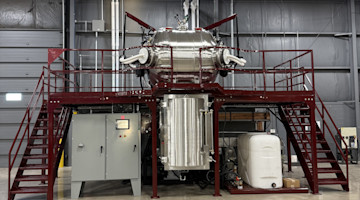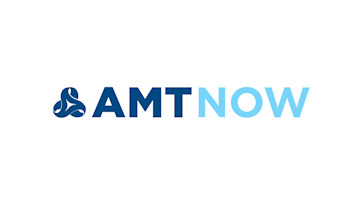The following content is derived in part from the original research paper “A sequential roadmap to Industry 6.0: Exploring future manufacturing trends.” It offers one perspective of what major themes may lie ahead within the manufacturing landscape characterized within an interpretation of Industry 4.0 and how this framework is likely to evolve with respect to advances in manufacturing.
Industry 4.0, also known as the Fourth Industrial Revolution, introduced the world to advanced automation and human-robot collaboration. “The fundamental ideology powering [Industry 4.0] is the concept of computer-based automation …” As we move forward, there are already ideas around the concept of Industry 5.0, characterized by personalized manufacturing and the increased use of co-robots and AI. However, according to the authors of the paper, the future of industrial automation doesn't stop there. Industry 6.0 is expected to bring even more advancements and human-technology synergy in fields such as medical and bionic enhancements, robotic automation, and neo-critical manufacturing trends.
The role of enterprise architecture is crucial in Industry 5.0, as it will be responsible for integrating human input into the automation process. While it is essential to automate processes, it is also crucial to ensure that employees are involved in the decision-making process. One of the main challenges will be to create regulatory frameworks and legal boundaries that will address the new world of adaptive automation. Additionally, Industry 5.0 will require flexible work schedules to keep up with the increasingly personalized manufacturing process.
The ideological concept of Industry 6.0 encompasses adjustments and advancements in virtually all domains. These advancements have been classified into four major sectors, including robotic automation, society and policy, and intelligent manufacturing. Several fields of scope should be studied, such as renewable energy, total machine independence, interplanetary resource gathering and manufacturing, aerial manufacturing platforms, and quantum control, to name a few. Technological advancements in these fields could help us explore and develop new methods of manufacturing and resource gathering.
As we anticipate Industry 6.0, it is essential to prepare for its technological advancements by creating regulatory frameworks and ensuring that societal preparations are made. Collaboration between businesses, governments, and society will be crucial in developing the necessary infrastructure to meet the new requirements. AMT will be part of the process. Moreover, these advancements will change the way we think about employment and the economy. Personalized manufacturing and adaptive automation will have an impact on demographics, resulting in the evolution of the employment system.
Industry 6.0 represents an extension of the productivity-focused principles of manufacturing but with an emphasis on creating new frameworks by which it can thrive. New technologies and innovations introduce fantastic possibilities, but many times, those opportunities are not immediately realized. This is similarly discussed in Joel Mokyr’s “The Lever of Riches: Technological Creativity and Economic Progress.” Mokyr explores the factors throughout history that brought about technological advancement and concludes that the wealth that follows advancements largely depends on the relationship with the physical environment that challenges innovators and entrepreneurs to think differently. In other words, the operating framework promotes the technological advance – or, similarly, stunts its growth. The same is probably true for the wonderful manufacturing technologies in view today. To ensure a smooth transition, it is essential to create regulatory frameworks, address societal preparations, and collaborate between businesses, governments, and society.






